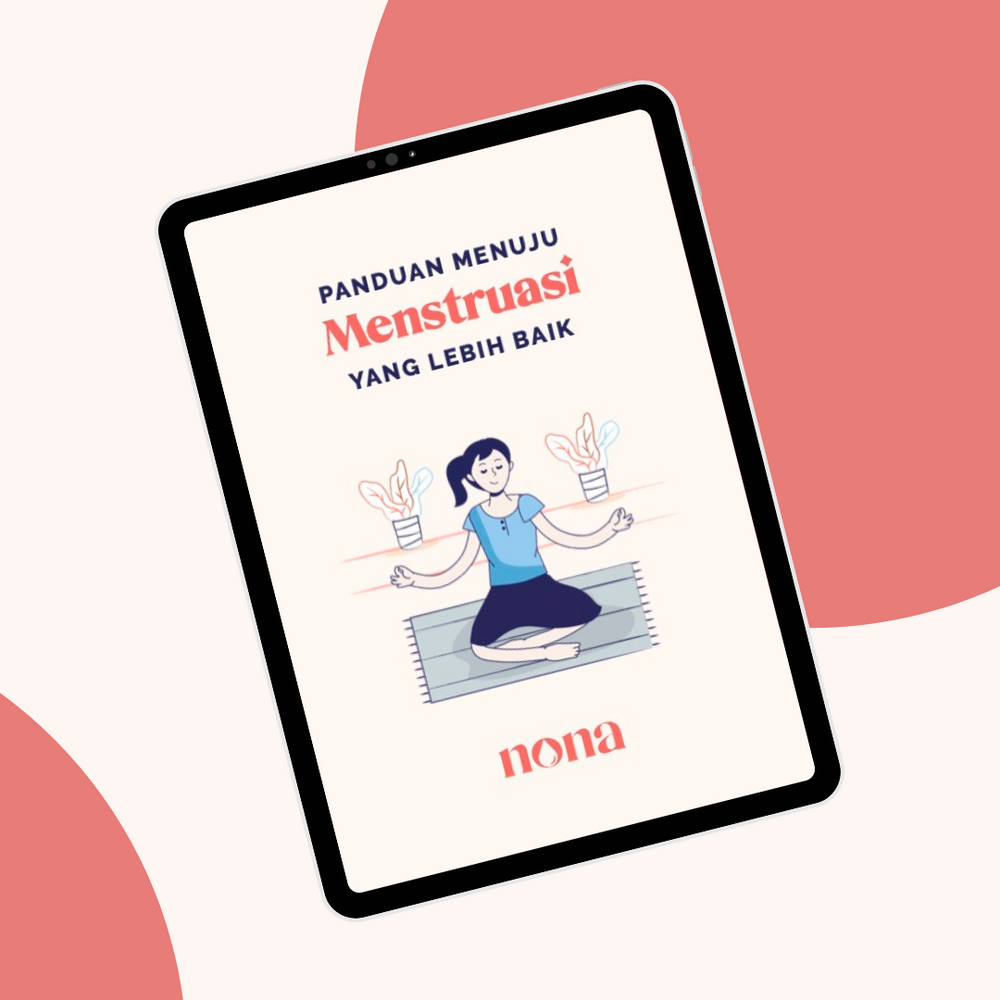Menstrual equity refers to the equal access and opportunity for individuals to manage their menstruation in a dignified and healthy manner. It encompasses various aspects such as affordability, accessibility, availability of menstrual products, education, and policy changes. Menstrual equity is a crucial component of gender equality and ensuring that menstruation does not become a barrier to the overall well-being and participation of individuals. In this article, we will explore the concept of menstrual equity, its importance, and the steps needed to achieve it.
Understanding Menstrual Equity
1. Addressing the Affordability Barrier: Many individuals, especially those from marginalized communities, face financial constraints when it comes to purchasing menstrual products. Menstrual equity involves ensuring that menstrual products are affordable or even provided free of charge, either through government initiatives or community-based programs. This helps alleviate the financial burden and ensures that individuals have access to the necessary products without compromising their financial stability.
2. Promoting Accessibility and Availability: Menstrual equity also focuses on ensuring that menstrual products are easily accessible to all individuals, regardless of their geographical location or socioeconomic status. This includes making products available in public restrooms, schools, workplaces, and other community spaces. Additionally, it involves advocating for the availability of a range of menstrual products to accommodate individual preferences and needs.
3. Menstrual Education and Empowerment: Education plays a vital role in promoting menstrual equity. Comprehensive menstrual education should be integrated into school curricula, providing accurate information about menstruation, menstrual hygiene, and debunking myths and taboos. By empowering individuals with knowledge, we can combat the stigma surrounding menstruation and promote a culture of understanding and acceptance.
4. Policy Reforms and Advocacy: Menstrual equity requires policy reforms at various levels to address the systemic barriers and discrimination related to menstruation. This includes advocating for tax exemptions on menstrual products, implementing workplace policies that support menstruating employees, and creating inclusive and gender-sensitive environments. Policymakers and organizations need to recognize menstruation as a public health issue and prioritize the needs of menstruating individuals.
Benefits of Menstrual Equity
1. Improved Health and Well-being: Menstrual equity ensures thatindividuals can manage their menstruation hygienically, reducing the risk of infections and other health complications. It promotes overall well being and quality of life by eliminating the physical and emotional distress caused by inadequate access to menstrual products.
2. Enhanced Gender Equality: Menstrual equity is an essential aspect of gender equality. By addressing the unique challenges faced by individuals who menstruate, we can dismantle the stigma and discrimination associated with menstruation. This creates a more inclusive society where menstruating individuals are treated with dignity and respect.
3. Increased Educational Opportunities: Lack of access to menstrual products often leads to school absenteeism and academic setbacks for menstruating individuals. By ensuring menstrual equity, we can remove this barrier to education and provide equal opportunities for all students, regardless of their menstrual status.
Menstrual equity is a fundamental aspect of promoting gender equality and social justice. It involves addressing the affordability, accessibility, and availability of menstrual products, as well as advocating for comprehensive education and policy reforms. By striving for menstrual equity, we can create a society where menstruation is not a source of shame or limitation but is instead celebrated as a natural and normal part of life. It is through collective efforts and the recognition of the rights and needs of menstruating individuals that we can achieve true menstrual equity.
References:
- Bobel, C., et al. (2019). Menstrual equity: A global overview of advocacy and activism. Women's Health & Urban Life, 18(1), 21-40.
- Hennegan, J., et al. (2019). Menstrual health and hygiene in low-income countries: Policy "windows of opportunity" and broader implications. Global Public Health, 14(5), 649-661.



Leave a comment